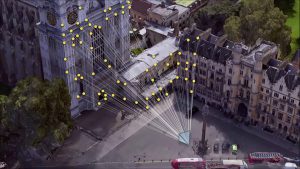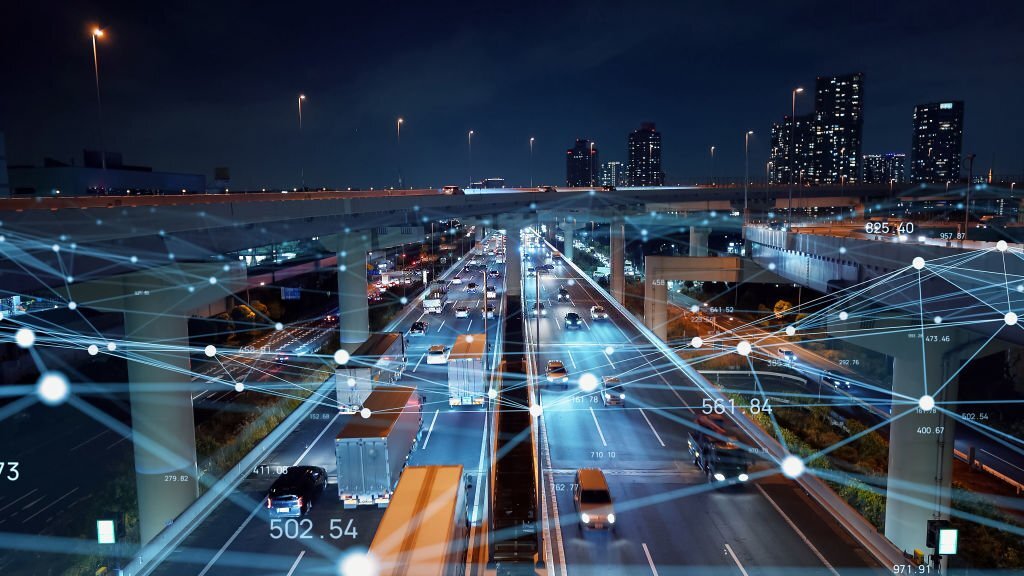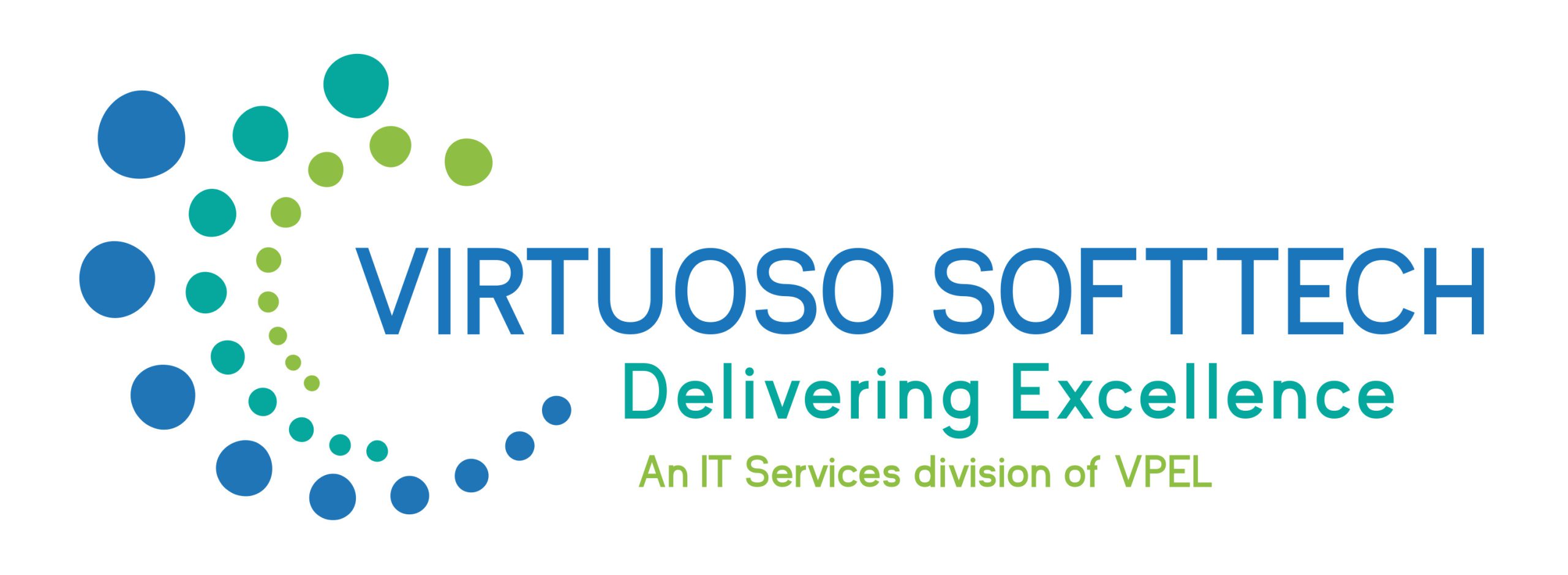In the modern era, technology has transformed our lives in countless ways, and navigation is no exception. The Virtual Positioning System (VPS) is a cutting-edge innovation that is revolutionizing the way we navigate and interact with our surroundings. Inspired by the success of GPS (Global Positioning System), VPS takes navigation to new heights by combining augmented reality (AR) and computer vision to provide users with accurate real-time positioning information. In this article, we will explore the concept of VPS, its underlying technology, applications across various industries, and the potential impact it could have on our daily lives.
What is Virtual Positioning System (VPS)?
The Virtual Positioning System (VPS) is a location-based technology that employs computer vision, sensors, and augmented reality to determine the precise position of an individual or an object in real-time. While GPS relies on satellite signals for positioning, VPS utilizes cameras and sensors embedded in devices such as smartphones, wearables, and smart glasses to create a virtual representation of the physical environment. By analyzing the surroundings, VPS can accurately determine the user’s location, orientation, and movements, offering a more immersive and interactive navigation experience.

How Does VPS Work?
VPS employs a combination of computer vision techniques and sensor data to establish a virtual representation of the real world. The process involves three main steps: mapping, tracking, and localization.
Mapping: VPS creates a digital map of the physical environment by capturing and processing visual information. The camera captures the surroundings, and sophisticated algorithms analyze the images to identify objects, landmarks, and their spatial relationships. This data is then used to construct a 3D model or map of the environment.
Tracking: Once the digital map is created, VPS continuously tracks the user’s movements by analyzing the real-time camera feed. By comparing the current visual information with the previously created map, the system can estimate the user’s position and orientation accurately.
Localization: VPS refines the user’s position estimation by combining visual tracking with other sensor data, such as accelerometer and gyroscope readings. This fusion of data enables VPS to overcome limitations like drift and provide more precise positioning information.
Applications of VPS
VPS has the potential to revolutionize various industries and enhance numerous applications. Here are some areas where VPS is making a significant impact:
Indoor Navigation: Traditional GPS often struggles to provide accurate positioning indoors, where satellite signals are weak or unavailable. VPS fills this gap by enabling seamless indoor navigation in environments like airports, shopping malls, museums, and hospitals. Users can receive turn-by-turn directions, locate specific points of interest, and even interact with virtual objects overlaid on their real-world view.

Retail and Advertising: VPS can transform the retail experience by offering personalized and context-aware information to shoppers. Using VPS-enabled apps, customers can navigate through large stores, locate desired products, and receive real-time promotions or product recommendations based on their preferences and buying history.
Gaming and Entertainment: VPS opens up new possibilities in the gaming and entertainment industry. By overlaying virtual objects and characters onto the real world, VPS enables immersive augmented reality gaming experiences. Players can engage in location-based games, interact with virtual creatures, and solve puzzles in their immediate surroundings.
Industrial and Logistics: VPS finds applications in industrial and logistics settings, where precise indoor navigation is crucial. By providing workers with real-time guidance and location-based information, VPS can improve operational efficiency, reduce errors, and enhance safety in warehouses, factories, and logistics centers.
Tourism and Cultural Heritage: VPS can enhance the tourism experience by providing interactive and informative guides. Visitors can explore historical sites, museums, and landmarks with the help of VPS-enabled apps that offer detailed information, augmented reality displays, and interactive storytelling.
Challenges and Future Developments
Impediments
While VPS offers exciting possibilities, several challenges need to be addressed for its widespread adoption. Some of the key challenges include privacy concerns, accuracy of positioning in complex environments, and power consumption of VPS-enabled devices.
Privacy concerns arise from the fact that VPS relies on cameras to capture and analyze visual information. Striking the right balance between collecting necessary data and ensuring user privacy will be essential for the acceptance of VPS technology.
Improving accuracy in complex environments such as crowded spaces, areas with limited visual features, or rapidly changing surroundings remains a challenge. Further advancements in computer vision algorithms, sensor fusion techniques, and machine learning will be necessary to overcome these challenges.
Reducing the power consumption of VPS-enabled devices is crucial to ensure prolonged usage without draining the battery quickly. Optimization of algorithms, hardware improvements, and efficient use of sensors will play a vital role in achieving this objective.
In the coming years, the evolution of VPS will prioritize improving accuracy, broadening compatibility across various devices, and facilitating seamless integration with emerging technologies like 5G, IOT and AI.
Wrap-up
The Virtual Positioning System (VPS) represents a significant advancement in navigation technology. By leveraging augmented reality and computer vision, VPS offers precise real-time positioning information and immersive navigation experiences. From indoor navigation to retail, gaming to tourism, VPS is reshaping various industries and unlocking new possibilities. However, challenges related to privacy, accuracy, and power consumption must be addressed to facilitate the widespread adoption of VPS. With continuous advancements and integration with other emerging technologies, VPS is poised to transform the way we navigate and interact with the world around us, paving the way for a more connected and augmented future.



